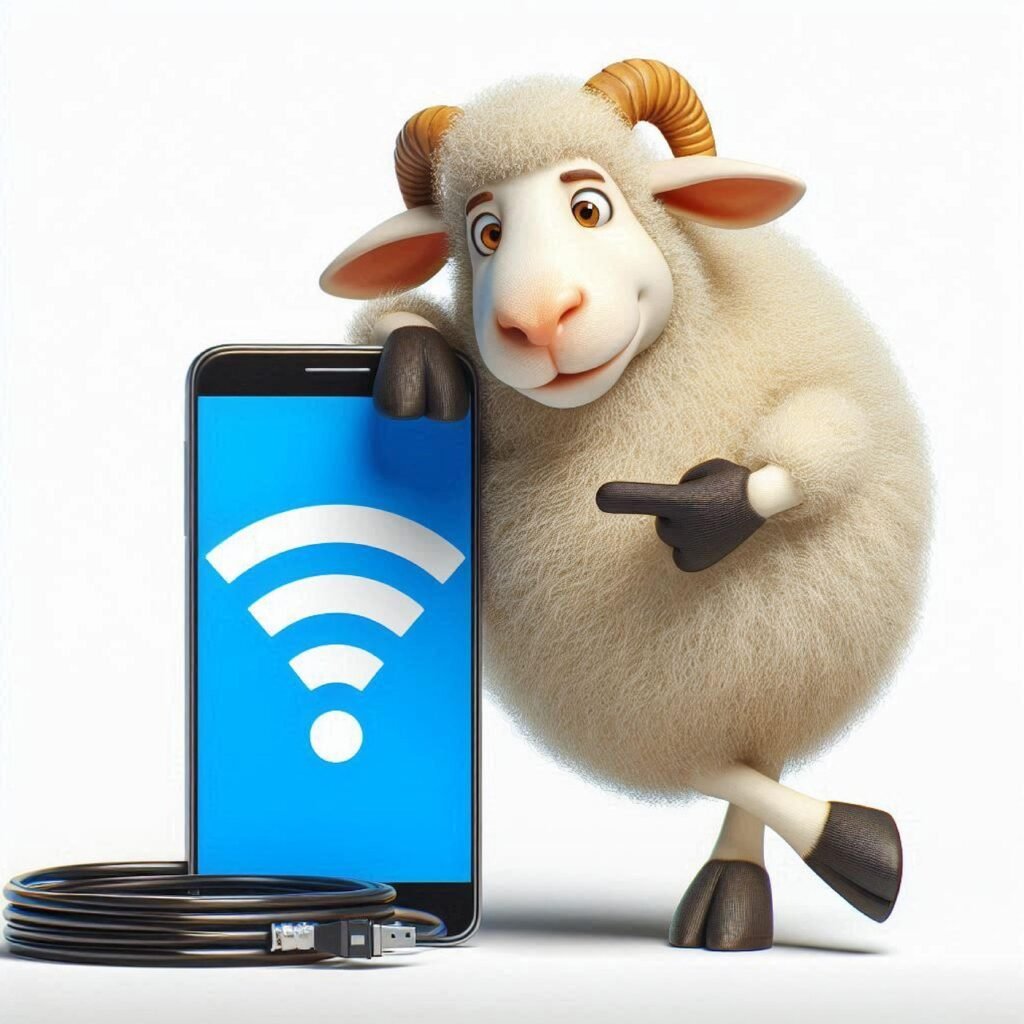Do you use free public Wi‑Fi? Learn the top 10 risks and how to protect yourself online with VPNs, 2FA, and HTTPS. Stay secure while browsing anywhere.
🌐 The Rise of Public Wi‑Fi Usage in the Digital Age
In today’s digital world, it’s almost impossible to imagine life without the internet. Whether it’s through mobile phones, laptops, or tablets, we rely on internet access every day. And for many, public Wi‑Fi networks in restaurants, cafes, airports, and malls offer a convenient way to stay connected.
But have you ever thought about the security risks that come with using these “free” Wi‑Fi networks?
🔐 Why Public Wi‑Fi Is Risky
Public Wi‑Fi networks are usually unsecured and unencrypted. This means that when you connect to such networks, other users — especially hackers — can easily intercept your data or gain access to your device.
Common Threats of Public Wi‑Fi:
- Man-in-the-Middle (MITM) Attacks:
A hacker can intercept the communication between your device and the website or service you’re using. This allows them to access your data, such as passwords, emails, and even banking information. - Fake Wi‑Fi Hotspots:
Hackers can create a fake Wi‑Fi network with a name that looks similar to a legitimate one. If you connect, you may unknowingly give away your sensitive data. - Session Hijacking:
After you log in to a website, a hacker can hijack your session and gain full access to your account. - Malware Distribution:
Unsecured public Wi‑Fi can be used to inject malware into your device, stealing information or damaging files.
☠️ What Kind of Information Is at Risk?
- Online banking credentials
- Social media passwords
- Emails and messages
- Personal photos, notes, and documents
- Office or cloud-based files
✅ 10 Essential Safety Tips for Using Public Wi‑Fi
1️⃣ Use a VPN
A Virtual Private Network (VPN) encrypts your internet traffic so no one — not even the Wi‑Fi provider — can read it. This is one of the best ways to stay secure on public Wi‑Fi.
2️⃣ Browse Only HTTPS Websites
Make sure the websites you visit begin with HTTPS, not HTTP. HTTPS provides an extra layer of encryption.
3️⃣ Turn Off Auto-Connect
Disable the auto-connect feature on your device so it doesn’t automatically connect to any nearby public Wi‑Fi network.
4️⃣ Avoid Online Banking and Payments
Never conduct financial transactions like online banking or shopping while on public Wi‑Fi.
5️⃣ Enable Two-Factor Authentication (2FA)
Turn on 2FA wherever possible. This adds an extra layer of security even if your password is compromised.
6️⃣ Keep Your Firewall and Antivirus Updated
Install a reliable firewall and antivirus software on your device, and keep them updated to guard against malware and other threats.
7️⃣ Turn Off File Sharing and Bluetooth
Disable file sharing and Bluetooth when connected to a public Wi‑Fi network to prevent unauthorized access.
8️⃣ Avoid Unknown Wi‑Fi Networks
If you’re unsure whether a Wi‑Fi network is legitimate, don’t connect to it.
9️⃣ Forget the Network After Use
After using public Wi‑Fi, remove or forget the network to avoid automatic reconnections in the future.
🔟 Stay Cyber-Aware
Continuously learn about cybersecurity through blogs, videos, or online courses. Awareness is your first line of defense.
📉 What Could Go Wrong?
Imagine you’re sitting at a restaurant using their free Wi‑Fi. You log into your email and click a suspicious link that redirects you to a fake login page. You enter your credentials — and now a hacker has full access to your account.
A small mistake like this can lead to stolen emails, social media accounts, and even financial data.
🛡️ Free Wi‑Fi Isn’t Free — Your Safety Comes First
Public Wi‑Fi may be convenient, but it comes with hidden costs. If you’re not cautious, you could lose not only your data but also your peace of mind.
By following a few simple steps — such as using a VPN, browsing only HTTPS sites, and enabling 2FA — you can drastically reduce your risk and stay safe online.
